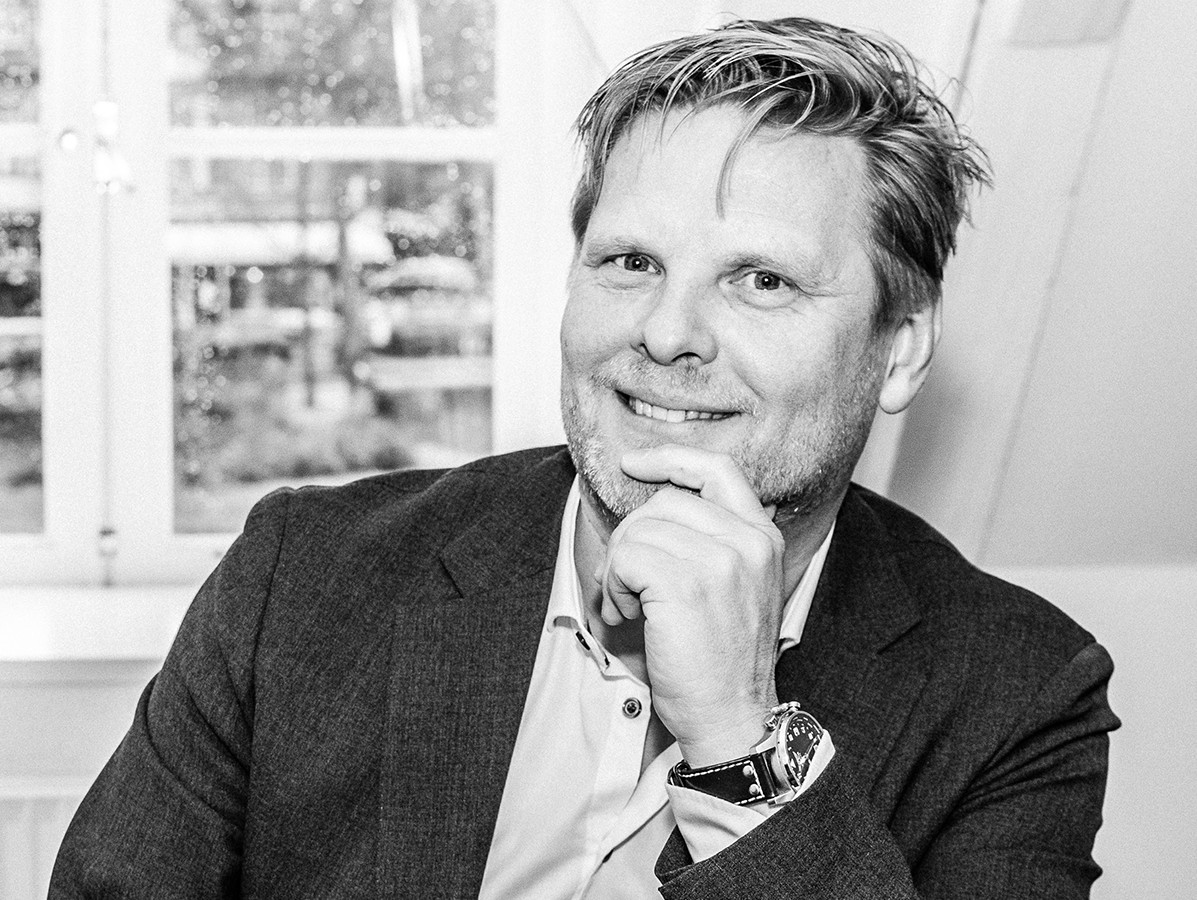
Imagine a world without plastic waste.
The world has become a garbage dump. There's rubbish everywhere. No eye-catcher or Ocean Cleanup can beat that. How are we going to pass the Earth on to future generations? Older people are worried and young people are angry.
But how great is that anger? After the school climate strike, big polluters like McDonalds and AH To-Go are crowded. People do need to eat. Pre-fab food in one-way packaging. Ideology is exchanged for convenience.
Plastic was invented two hundred years ago. A cheap, hygienic, strong and light material. It lasts a long time and you can achieve unprecedented results. WOW, super stuff. You can't imagine a world without plastic anymore.
Almost all plastics can be given a second life. For example, the PET of our soft drink bottle can be reused almost endlessly and recycled low-grade plastic is an excellent base for clothing and crash barriers. The incinerators provide the final stage of energy recovery.
We are at a crossroads in history. Consumer organisations, the government and environmental movements believe that packaging should be made more sustainable. Smart applications such as easily recyclable monomaterials and less damaging raw materials are being searched for. Solutions that still have a cost-increasing effect make implementation difficult. What road do we take?
Will we stay on the same road or are we at the beginning of the plastic revolution 2.0? A revolution that will lead to a time when we will hardly have to rely on exhaustible raw materials anymore? Where intelligent sorting machines separate waste into pure fractions? Where it is recycled down to the molecular level? Where all waste can be reused? That will clean up the mess nicely.
You may say I'm a dreamer, but I'm not the only one.
Maarten Wolsing is International key account manager Food Packaging Film at AFP.
Source: © Vakblad Voedingsindustrie 2020